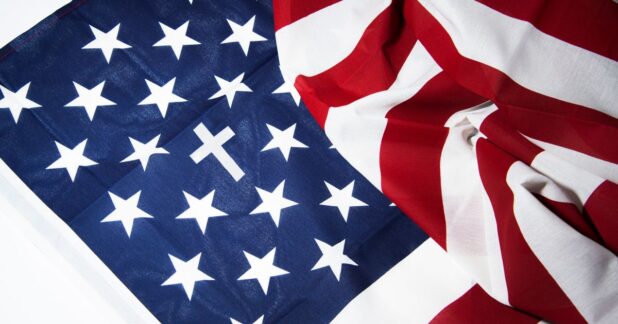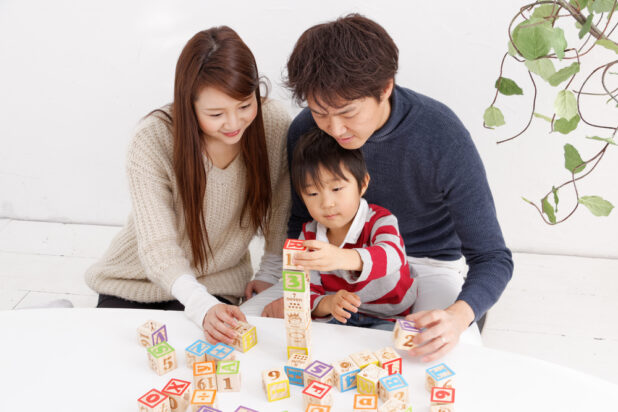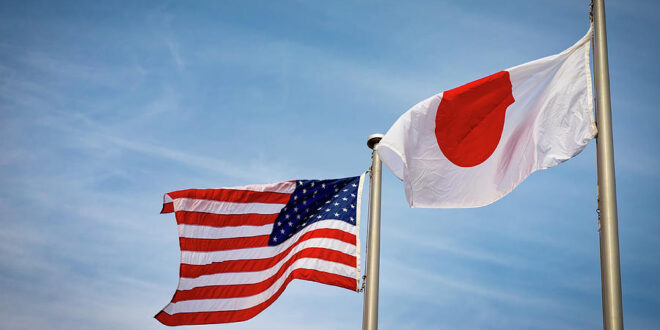Japanese culture is a typical representative of Eastern culture, America is Western culture.
In recent years, the cultural exchanges between the two countries have become closer and closer.
The comparison of any two cultures will produce a series of distinct cultural differences. Of course, the comparison of American and Japanese culture reveals many changes. Japanese and American culture is deeply influenced by the people living in these two countries. For example, Japanese society is basically homogeneous and middle-class, while the situation in American society is very diverse due to the increase in the level of immigration. This has led to a very diverse national environment and widened the inequality gap in American society. These two different trends have had a profound impact on the culture of the two societies.
Table of Contents
The United States
They have no historical traditions. They are a country of immigrants. Most of the Western European immigrants come because they escape high-pressure policies, so they are afraid of centralization. Everyone has a sense of independence and strong individualism, and their behavior follows liberalism. And Americans have an adventurous spirit and a frantic pursuit of wealth (Western cowboys, gold rush), and unique insights into success (belief in competency (everyone should, and can also pursue income and status through personal efforts)
Japan
Affected by the feudal family relationship in history, superiors show paternalistic rule, care, and intervention to subordinates, and subordinates show obedience, trust, and loyalty. The atmosphere of great family harmony is more focused on the state and collective interests, and the individual obeys the collective.
1. Religion Differences

The most obvious difference is probably related to different prominent religions in both countries. The United States of America is a mixture of various nations and religions, however, Christians are the majority in all parts of the country. The tradition is, therefore, mostly based on that religion too.
Japan has, however, followed some different religious practices. The national traditions are mostly based on Shinto and Buddhism with partial influences of Confucianism. These three religions are dominant in the entire Japan.
The Christian missionaries were present in the country for hundreds of years, but they have gained very few followers. That means they have not achieved any significant influence on the Japanese nation.
2. Japanese Do Not Shake
Shaking is a common practice in the United States and the rest of the Western world. When you meet with your friends or business partners, there is a high chance you will be greeting them that way.
However, Japanese people do not shake. They bow instead, so there is no direct initial physical touch during meetings. However, the Japanese are aware of shaking as a common foreign practice. So they might offer hands when meeting with strangers.
3. Japanese Live Longer Together with Their Parents

The culture in the United States is more individualistic. The kids will move out of their parent’s homes as soon as possible. It often happens when they reach a mature age.
The situation in Japan is, however, a bit different. Young individuals tend to live longer with their parents. They will therefore stay in the family home until they find a life partner. The marriage is, however, the right time to establish a new home for their own newly formed family union.
4. Eating on Streets
In the US, you can notice many people that eat different sorts of food on the streets. That’s a common practice, and no one will consider it weird. People might eat before or after work, when they go home, or toward their firms. They can also eat in their free time while walking outside and chat with their friends and family members.
In Japan, the situation is quite different regarding this matter. They do not have similar practices when it comes to this matter. That’s why you can hardly see Japanese people eating on the go. People in that country will therefore prefer to eat in restaurants or at home because eating on the streets is considered messy and problematic. They might still do so in some emergent situations when they need food right away, while they are far away from homes and restaurants.
5. Japanese People Do Not Tip

Tipping is often a common practice in the United States. If you are satisfied with the service in a bar or restaurant, you will give a tip to a waiter.
It is an addition to the bill, and it does not have a direct relation with the same. That means the tip is usually going to the pocket of the waiter. Some restaurants, clubs, and coffee shops have many clients who tip so the waiters can earn nice additional money during the working time.
However, the Japanese do not have such a practice. Tipping is even regarded as an insult in some situations, so it is definitely not advisable to offer such monetary compensation to anyone in Japan. It is often related to low wages and Japanese workers do not like to disclose such details.
6. America is a Mix of Different Nations While Japan belongs to the Japanese
As a relatively young country, the United States of America was formed by people who came to the country from different parts of the world. The new citizens were mostly from Europe, though. There were many Brits, Spaniards, Germans, Italians, Jews, etc. Later, people from Asia, Africa, and South America have been coming to the US in large numbers. So the country is a mix of different nations and cultures.
Japan is, however, older in that sense. The nation shares the same DNA and the ancestors of today’s residents have lived in the Japanese territory for thousands of years. If you would like to visit Japan, and you need help with your passport, you can visit VisaExpress. They are a very experienced travel visa service company, they specialize in many countries’ travel visas.
 World Magazine 2024
World Magazine 2024






